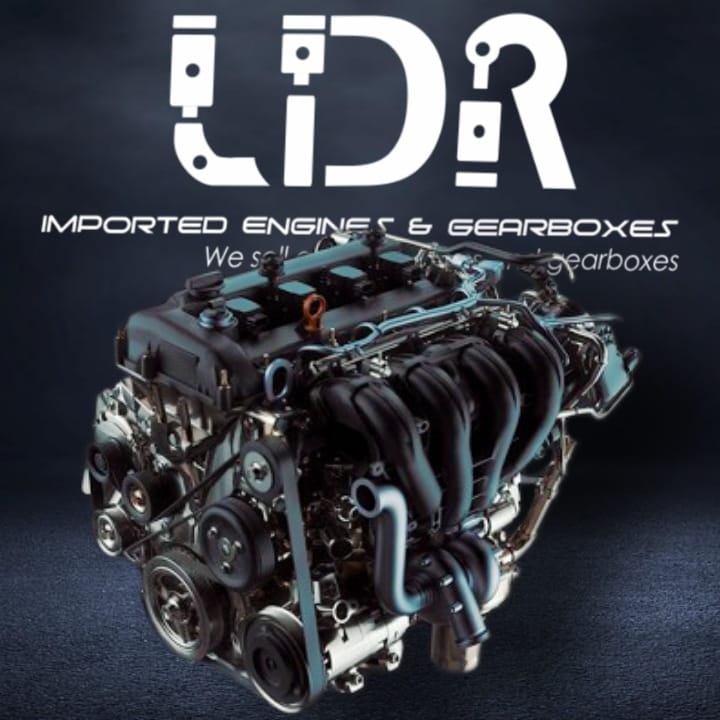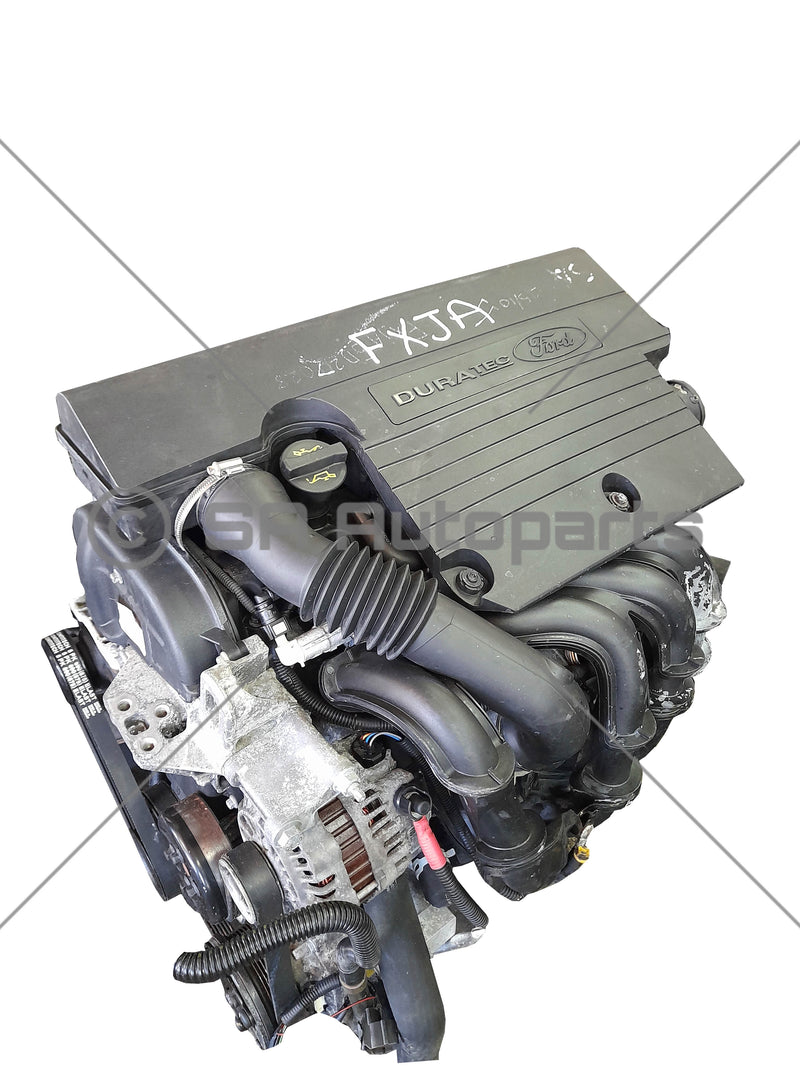Discovering the Development of Engines: From Traditional Styles to Modern Marvels
The development of engine technology represents a substantial story in the history of innovation, noted by crucial improvements that have continually redefined transport and market. From the initial vapor engines that powered the Industrial Change to the introduction of internal burning engines that transformed flexibility, each stage has actually added to higher efficiency and ability. Presently, the transition to electrical power represents not only a technical shift yet likewise a broader dedication to environmental sustainability. As we check out these turning points, one should consider exactly how the future of engine design might unfold, challenging our assumptions of power and effectiveness.
The Birth of Engine Technology
The development of engine modern technology marked a turning point in human development, changing power conversion and transport. The earliest engines arised from the need to harness mechanical power for practical use, leading to the advancement of gadgets that converted numerous power forms into movement. The idea of the engine can be mapped back to old civilizations, where easy makers, such as the waterwheel and windmill, made use of all-natural pressures to perform work. It was during the late 17th and early 18th centuries that considerable developments began to emerge.
The development of the interior combustion engine and the creation of the vapor engine catalyzed a profound shift in commercial abilities. These engines not just enhanced effectiveness but also expanded the scope of human wheelchair, allowing unmatched transportation opportunities. The very early models laid the foundation for the mechanized globe, facilitating the surge of markets and reshaping social frameworks.
As engine designs evolved, they advanced and incorporated cutting-edge products engineering concepts, leading the method for modern-day developments - ford fiesta engine. The birth of engine innovation fired up an unrelenting quest of performance and power, establishing the stage for the vibrant advancement of transportation and industrial equipment that would certainly comply with
Vapor Engines and Their Effect

The heavy steam engine's effect was particularly noticeable in the transportation industry (ford fiesta engine). Steam-powered engines promoted the fast activity of products and individuals across huge distances, properly shrinking the geographical obstacles that had formerly hindered profession and interaction. Likewise, steamships revolutionized naval travel, permitting quicker and much more reputable crossings of oceans and rivers.
In industry, vapor engines powered manufacturing facilities, enabling automation and the surge of metropolitan facilities as hubs of economic task. This shift not just altered labor characteristics but likewise added to the emergence of a consumer-driven culture. Steam technology cultivated innovations in engineering and manufacturing processes, laying the groundwork for future improvements in engine layout. The heritage of vapor engines is extensive, reflecting a critical moment in human ingenuity and the ruthless quest of development.
The Rise of Internal Burning
Regularly outweighing vapor power, the surge of interior combustion engines marked a transformative shift in transport and sector throughout the late 19th and very early 20th centuries. The advancement of these engines, characterized by their ability to burn fuel within the engine itself, made it possible for better effectiveness and power contrasted to typical heavy steam engines. Pioneering inventors such as Nikolaus Otto and Rudolf Diesel played crucial roles in developing engine styles, resulting in widespread fostering in autos, boats, and commercial machinery.
The interior burning engine's compact dimension and fairly lightweight nature helped with the development of personal lorries, reinventing individual movement and improving metropolitan landscapes. By enabling faster traveling and the efficient transportation of goods, these engines militarized economic development and promoted globalization. The versatility of gas options, consisting of gas and diesel, further improved their appeal, enabling diverse applications across various markets.
Despite the ecological concerns that would certainly later on occur, the first allure of inner combustion innovation lay in its transformative possibility. As society embraced this advancement, the foundation was laid for contemporary transport systems, developing internal combustion engines as a cornerstone of commercial development and every day life throughout the 20th century.
Developments in Engine Efficiency
As interior burning engines ended up being indispensable to transport and industry, the focus shifted in the direction of boosting their efficiency to fulfill growing demands for performance and sustainability. Innovations in engine style, material scientific look at more info research, and technology have actually dramatically added to this advancement.
One major innovation is the growth of turbocharging, which enables boosted air consumption, causing even more complete fuel combustion and enhanced power result without expanding engine size. In addition, variable shutoff timing systems have been applied to enhance engine efficiency across numerous RPM ranges, thereby enhancing fuel efficiency.
The utilization of advanced gas shot modern technologies, such as straight shot, has also played a critical duty. This approach enables even more exact control over the fuel-air blend, promoting better combustion and reducing emissions. Light-weight materials, including light weight aluminum and composite elements, have been taken on to minimize overall engine weight, leading to boosted effectiveness.
These innovations show a wider trend within the auto market, where the synergy in between engineering development and ecological considerations drives the ongoing pursuit for higher performance in interior burning engines. As an outcome, modern engines are currently much more effective, cleaner, and efficient than in the past, leading the way for an extra sustainable future in transport.
The Shift to Electric Power
With expanding worries over environmental influence and nonrenewable fuel source dependency, the vehicle industry is experiencing a considerable shift in the direction of electric power. This change is driven by a combination of technical developments, regulatory stress, and changing customer preferences. Electric automobiles (EVs) provide an engaging alternative to conventional interior combustion engines, flaunting lowered greenhouse gas exhausts and lower operating prices.
The rise of battery modern technology has been a video game changer, with lithium-ion batteries coming to be much more reliable and cost-effective. Enhanced energy thickness and faster billing capabilities have actually made EVs extra useful for daily usage. Federal governments worldwide are applying incentives and setting ambitious targets for phasing out fossil gas vehicles, thus speeding up the fostering of electrical power.
Major car manufacturers are spending greatly in r & d, leading to the introduction of a varied series of electric versions. This consists of not only automobile but likewise business lorries and public transport remedies. As charging infrastructure company website expands and battery modern technology remains to improve, the shift to electrical power is poised to reshape the automobile landscape, promoting sustainability and development in the years to come. The future of transport is electrical, and the momentum is undeniable.
Verdict
The development of engine technology stands for a substantial trajectory of advancement that has actually profoundly affected transport and market. From the fundamental heavy steam engines look what i found to the transformative inner combustion engines, each advancement has actually contributed to enhanced wheelchair and economic development.
